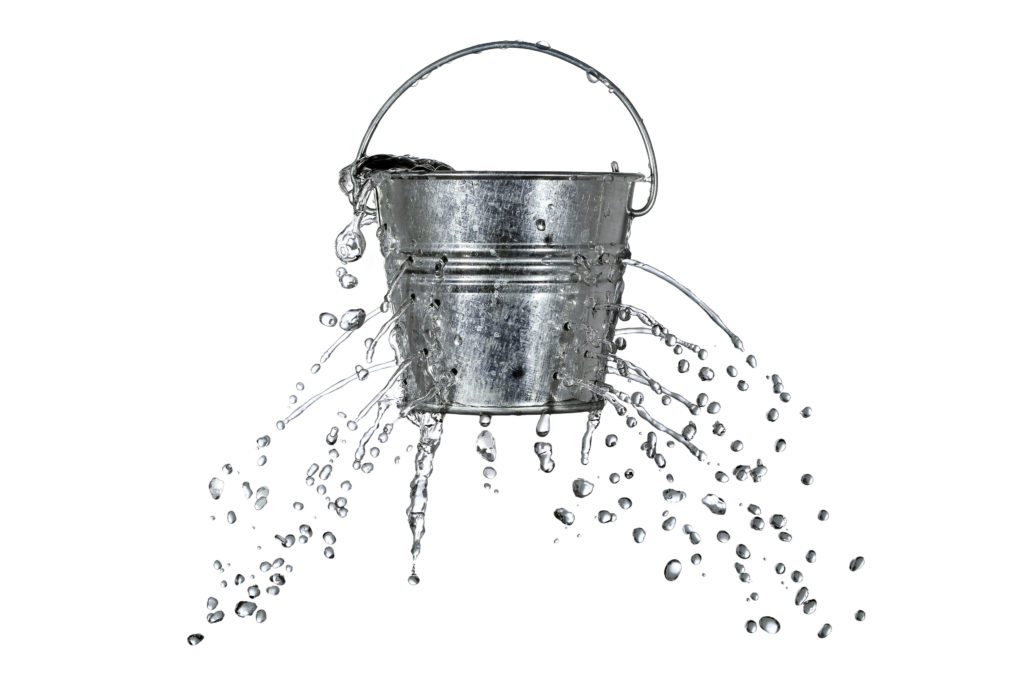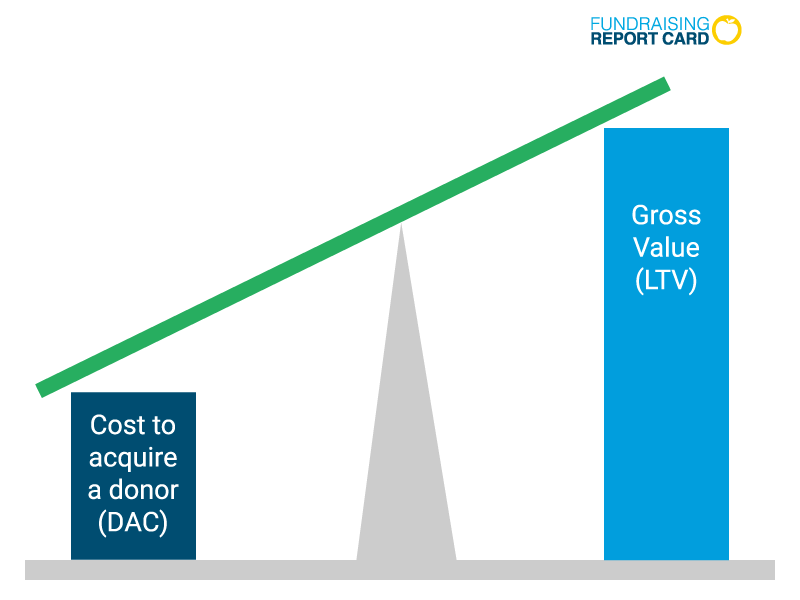Donor retention is king.
The end of the year is fast approaching. Whether you’re ready for it or not, plans for 2017 fundraising campaigns needed to finalized by yesterday. You may have already had an all-staff meeting where leadership outlined “data-driven points of emphasis” for the upcoming year.
With more and more “analytics” articles popping up on Philanthropy.com, leadership has become ever more eager for data. Modern, effective fundraising leadership desires and requires more thoughtful decision support than ever before. Analytics can point out gaps, reveal opportunities, and uncover trends in your constituents’ behavior. Analytics can also be over analyzed, misinterpreted, or just plain wasted.
One of the “sexiest” metrics your leadership will request in 2017 is donor retention rate. They will want to know how well your efforts are retaining existing donors.
Here are three ways you can avoid the pitfalls of sharing retention data with leadership.
Donor Retention isn’t a number, it is an indicator of behavior
If you’re fortunate enough to get your hands on donor retention metrics, you need to treat them differently then you would other numbers. (Click here to learn how to calculate your own retention rates.) The first mistake leadership will make is to look at the retention rate as simply a number rather than an signal of their constituents behavior.

The questions fundraisers and leadership should be asking themselves are:
- What are we as an organization doing to cause donors to stay?
- What are our donors doing that’s contributing to their staying?
- How can we better manage our donor relationships to make sure it continues?
- What are we as an organization doing to cause donors to leave?
- How can we better manage our donor relationships to make sure it happens less frequently?
Dissecting what is behind the number will ultimately help you figure out what changes it. Retention rate is a storytelling metric — go beyond the decimal points and figure out what effects it.
There is no magic number, retention varies by organization and size
Many people in leadership positions believe their is a magic standard that they need to achieve. “We need at least 80% retention!” In reality, retention rates will vary by sector, size, and even region.

Comparing your organization’s retention rate to a national average won’t do much good.
Instead, many savvy fundraisers look at their retention rate from last year and compare it to current data. These fundraisers ask themselves how they can do better. Looking for trends in retention rates is more valuable then seeing how you stack up to a national average. Remember, your retention rate measures how well you’re handling donor relationships. This is something we can all get better at.
Keep this in mind when presenting retention rates to leadership.
When you go to share your current retention rate with the Vice President or Director of Development make sure you have last year’s retention rate with you too. You’ll want a few years (we recommend 5) of retention rates to help show trends in overall retention efforts.
If you want to compare your retention to others, choose benchmarks from your industry group. Fortunately, here at the Fundraising Report Card® we are working on calculating all those standards for you.
Poor acquisition can ruin donor retention
The third mistake we see all too often is poor donor acquisition polluting donor retention rates. Many organizations invest heavily in acquiring new donors but many times these donors simply aren’t the right “fit”. The saying, “if we don’t acquire, we will expire”, was recently shared with me and optimizes this dynamic.
Before assuming you have a retention problem, take a look at recent acquisition efforts.
Looking at donor retention rate by giving level and acquisition source can bring clarity to this issue. Look at retention rates among annual donors, mid-level donors, and major donors. Are there any patterns in who stays and who leaves? Calculate retention rates for your direct mail campaign, your email appeal and your annual gala. Do some activities retain more donors than others?
By doing this you’ll be able to see how retention varies among your constituents and pinpoint which activities positively affect retention efforts. Major donors tend to be retained at a much higher level than annual donors, for example.
If this is the case in your data it could be a sign that investing more money in acquiring annual donors isn’t actually worth the cost. The goal in the end is to bring in donors who you can provide value to, while also providing value to you. Segmented retention rates can help you get a clearer picture of how this is playing out in your own data.
When leadership asks for updated retention metrics at the end of the first quarter, come prepared with segmented rates that provide more clarity. Transforming and refining your data into actionable metrics is crucial to help leadership understand what information is actually hiding in all the numbers.
How to apply this to your shop
Some of these suggestions may seem silly because they are so elementary, but that is the point. Leadership tends to have one goal in mind, increase top-line growth. AKA we need more donors and we need more donations.
If they come to you looking for data to help inform their decision making, you need to do everything you can to help them see through the distractions and focus on what matters.
No matter how small or large your shop is, hopefully these three principles can be put to use. Data is powerful, but sometimes putting it into perspective is even more important!





Zach–
This post not only communicates a great road map to deliver meaningful information to leaders, it also provides actionable steps for all types of shops embrace a data, metrics, and growth mindset. As a consultant, what type of results are people having? I would love to know.
Thanks for the kind words TJ! I wrote this post in response to an increase in emails I’d been receiving about, “how to effectively share data”. With that being said, I’m not 100% sure what type of results folks are having, but I hope after reading this they are able to more effectively share analytics and insights with their colleagues and direct reports.